

 JAMES HICKMAN looks at adding more foliage to your layout.
JAMES HICKMAN looks at adding more foliage to your layout.
In the last article I looked at scatter and ground cover. This time I will take you through what scenic options you have for adding height to your foliage. Namely; Trees, Bushes and Plants.
Once your ground cover is established, like in the real world, the larger plants will start to grow - and so they should on our models too, (not literally growing of course unless you fancy some bonsai trees on your layout).
Unlike the real world, where the bushes and plants grow before the trees, in the modelling world you need to think where the trees will go on your layout - after all, we don't want to have to move them out of the way later. There are a large selection of different trees on the market, however they generally come in two forms; the 'ready-to-plant' and the 'do-it-yourself' trees. You might think that a lot of the trees we stock seem bigger or out of scale to what they should be. Although the correct size for a tree for your layout is completely up to you, it is interesting to know that well known British Ash can grow to a size of over 40m. That's over 25cm tall in N Scale and over 50cm tall in OO Scale!
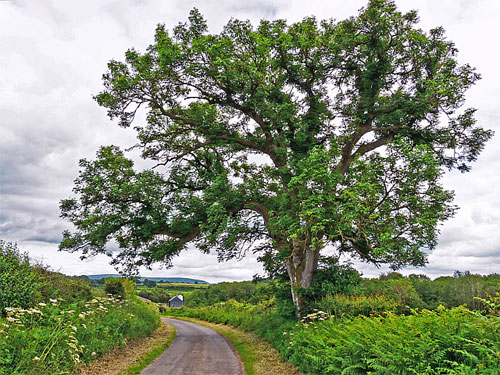
Many of the trees on the market come under this category. You usually find that there are three levels to the ready-to-plants; the basic, the standard, and the premium. The basic trees tend to be just that. They tend to be generic 'trees', but are good for space filling. These bulk tree packs can be found in the Gaugemaster Tree range.
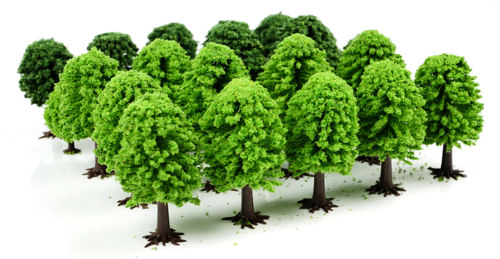
An example of these is the Gaugemaster GM120 Bulk pack of Deciduous Trees.
There is nothing wrong with the basic trees, in fact for layouts on a budget, they can be the perfect addition. On more detailed layouts, with much bigger budgets they also don't look out of place. We have seen on many layouts theses budget trees used to create the volumes of forest behind lines of more detailed trees. This means that the viewer will mainly see the more detailed trees at the front and the eye blending the basic trees in behind them to give the impression of larger forests.
The next step up is the standard trees, these are found in many scenic ranges too. We stock a good range of trees, as shown below.
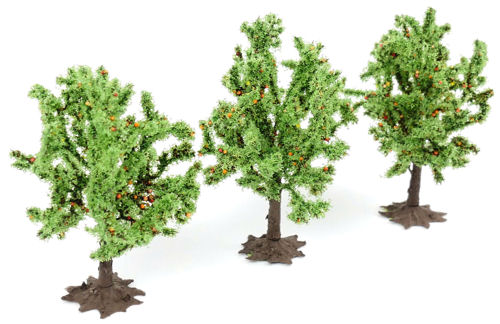
These trees usually come in packs of up to five or so trees. They are usually more detailed than the budget trees, offering a larger variety of form and colour. You can normally also recognise the types of trees they are based on, like the pack of GM183 Apple Trees above.
To top off our look at ready-to-plant trees we have the higher end of the range in terms of detail. These are normally packaged as individual trees. In essence these trees are the dearer of the ready-to-plants, but are the most accurate and detailed. Personally I see these types of trees as 'feature trees'. To me it means that they are ones that would be used on their own. In a back garden, graveyard or park. For some really good ones, look at the Faller Premium Trees range.
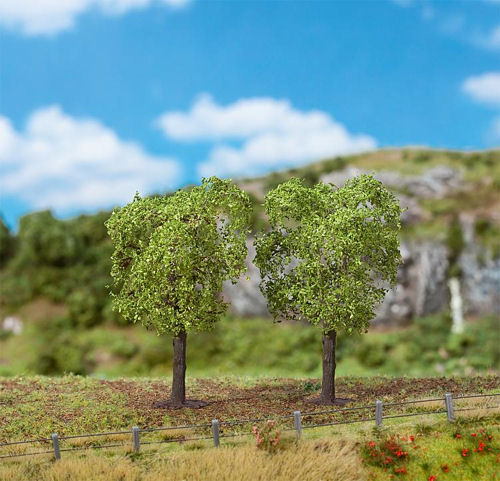
Being that they are the most detailed, it naturally comes that they are the most realistic. I'm not suggesting that you go out and buy a hundred of these to make a forest of the best looking trees around, however if you have a stand alone tree, these would be the best option for the most detail and impact.
Economically these are the cheapest and easiest trees to build up your forest. You will have to assemble them, but this can be quite good fun. The most common form of DIY trees is the GM195 Seafoam Tree Making set.
This type of tree requires its foliage attaching onto it. The foliage comes separate, allowing you to choose the colours and quantity you want, alternatively you can also buy packs of varying colours of foliage. For full details of using this type of tree, see Pat's earlier article.
Bushes are the next thing to look at. There are a variety of ways of doing hedges, from the traditional rubberised horse hair, up to the modern off the shelf bushes and hedges. Again, like with the trees there is two types, the ready-to-plant and the DIY. I won't look at the DIY aspect of bushes in this article as I have covered the basics of this level to the scenery in my article on building up an Autumn Scenes. The ready-to-plant hedges also come in the basic, standard and premium levels of detail as the trees.
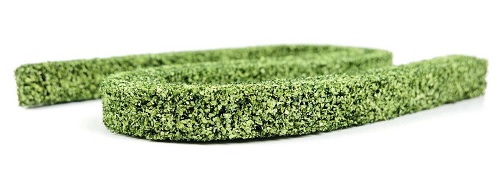
The Gaugemaster GM160 and GM161 hedges are basic, and are designed to be used in gardens or as countryside hedgerow.
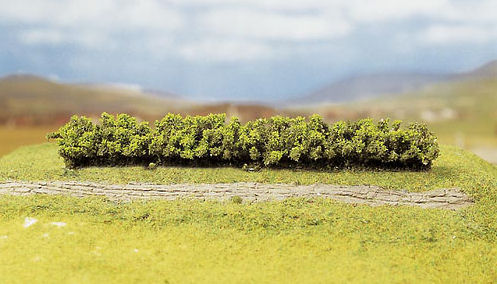
Faller produce a nice range of premium hedges and bushes. The one above can be seen surrounding the fields on our demonstration layout in our shop.
Plants can sometimes be a tricky thing for modellers especially in the smaller scales. In my last article I showed you how you could create the sense of plants with scatters etc. Sometimes however we want a more formal look to our flowerbeds, and something with a bit more variety. For this we need to look beyond the scatters. The tufts in the Gaugemaster range are a good place to start to build up areas of plants
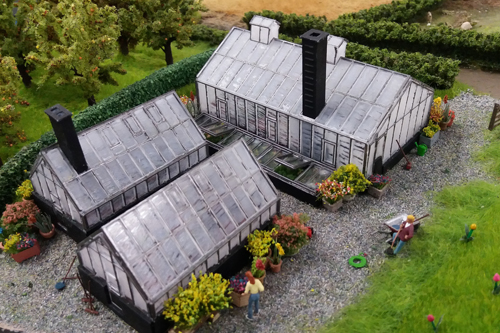
These can quickly add colour and shape to your borders. When used in small amounts like on our demo layout around the GM413 Fordhampton Nursery Kit (above) they can look superb.
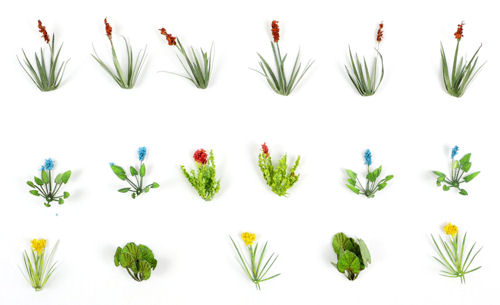
When overused in this manner it can make the planting on your layout look a little lazy, which is where other products come in. Gaugemaster produce a range of laser-cut plants that can be planted to add variation. Ours are produced by Noch, and there are more available in their range.
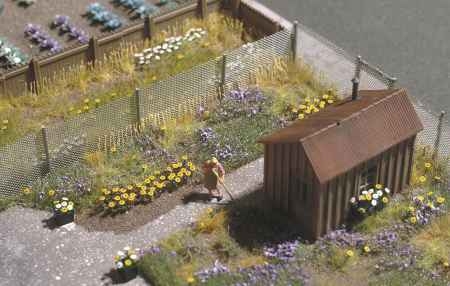
Additionally, Busch also produce a range of plants, which are made out of plastic. Busch's attention to detail means that any of their plants is recognisable to many of us with just a single glance.
I hope this article has shed (pun intended) some light on what trees and plants are out there, and will help you to a colourful and bright planting scheme on your layouts. The main thing to remember is to have fun with it. Plants grow wildly everywhere so don't worry about being too perfect with the arrangements, and to quote Oasis; 'True perfection has to be imperfect.' Happy planting!